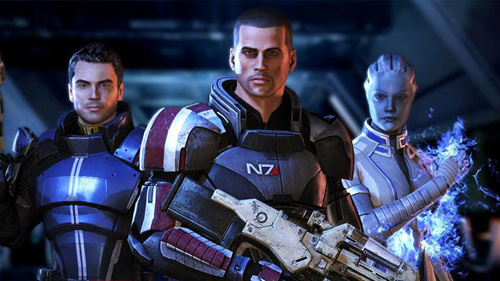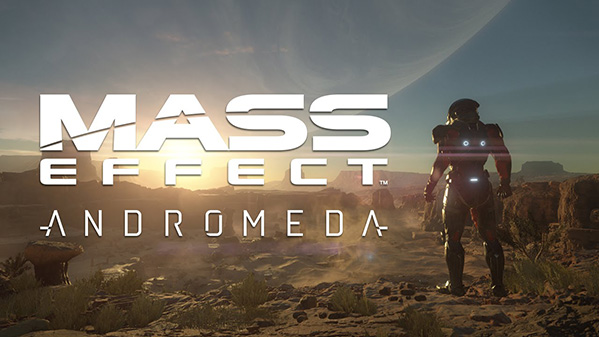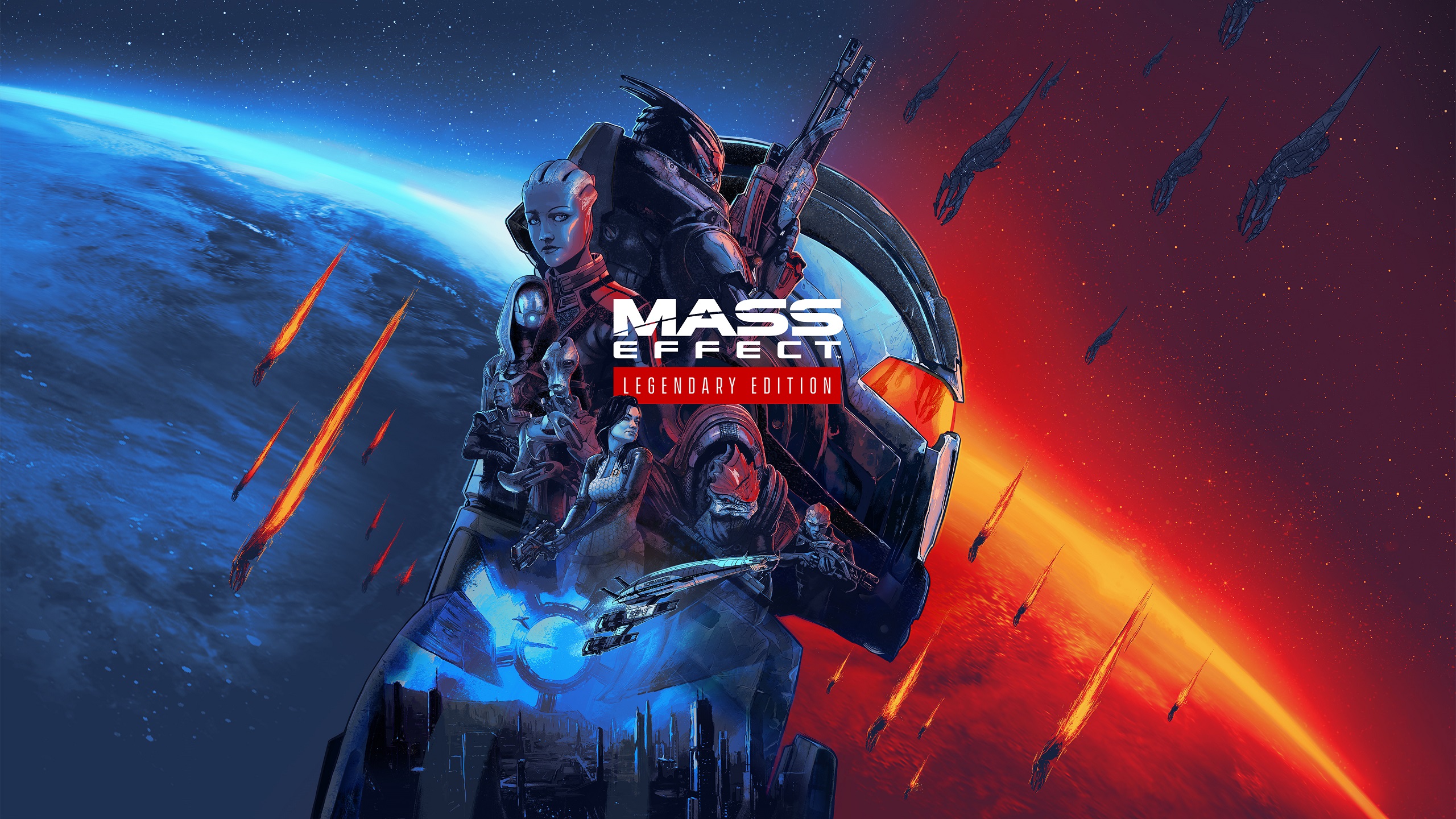
By the end of the Xbox 360 generation, Mass Effect was just about my favourite series in gaming. Even after the missteps of the third game, there was enough there that I was eagerly awaiting continuations of the franchise. Then Mass Effect: Andromeda happened. Sure, it had plenty of glitches and issues, but it was the bland cast, severe tonal inconsistencies and forgettable story that really hurt. I was left with a hole in my gaming heart, one that I tried to plug with playthroughs of the original trilogy. Returning to 2007 gameplay was harder than I expected, and the poor aging of the original Mass Effect’s controls frequently stalled my playthroughs. Instead of banging my head against that wall, I began clinging to rumours that the original trilogy would finally be receiving a remaster in the coming future. Now, just over 9 years since the release of Mass Effect 3 the trilogy is back with Mass Effect Legendary Edition and while it may not quite a perfectly legendary package, it comes close enough and is the definitive Mass Effect experience.
As with any extended series playthrough, plenty of planning has to go into the character you’re going to spend the next 80+ hours playing as. While you always have the option to change your class between games, I’m a firm believer of sticking with your overall build throughout longer playthroughs. So, it was off to the character creator. Having played through the original trilogy as a Male Infiltrator, I decided to instead play as a Female Adept. The character creator is now unified across the trilogy, pulling together every option from the games along with some new ones, giving you a much better idea of how your Shepard will appear in later games. Part of this included bringing forwards the Female Shepard model that became the standard in Mass Effect 3. After fooling around with the options, of which there really are significantly more, I ended up settling on that default Shepard model and got ready to fight Saren once again.

From even the opening moments of Mass Effect, the changes made to modernise the game are obvious. Character movement feels much more responsive than the sluggishness of the original release, while camera controls were immensely more responsive. Trying to go back to the original game was an act of frustration, as I could no longer stand the sluggish and unresponsive combat when I did. Combat was the weakest aspect of the game when it originally released back in 2007 and an extra decade of improvements to gameplay design in the medium certainly didn’t help the memory. Now, combat is no longer the impediment it once was, and is actually enjoyable to jump into. The controls feel more responsive, active detractors like heavy duty weapon sway have been eliminated (I would have preferred it being toned down rather than eliminated), and there are no longer any detriments to using non-class weapons. Most importantly though, despite the alterations, the Mass Effect Legendary Edition cut of the original’s gameplay doesn’t lose the unique feel that came with its original mechanics. It feels fluid and responsive, but still feels like an RPG with stats heavily affecting effectiveness, as opposed to the more action-oriented gameplay of Mass Effect 2. The one negative is that combat is also significantly more easy post-changes, so don’t be afraid to bump up the difficulty if you’ve played the original before.
Visually, Mass Effect has gotten some pretty massive changes as part of the Legendary Edition. There’s improved shadows, altered colour palettes, better textures and a whole bunch of additional props just about everywhere. While I personally love the more detailed visual style of the game, it certainly loses some of the uniqueness the original game had. This largely comes down to the alterations in colour palette and clarity. Whereas many locations in the game previously included hazy visuals and effects or muted palettes, these have largely been eliminated and altered respectively. The changes result in an experience that is much improved on a technical level but loses something on an artistic level. This sometimes caused a disconnect during my playtime, as the newer, sharper aspects of the visuals played out against muddier aspects of the game. It was especially noticeable during some cutscenes, as characters like Captain Anderson’s lumpy facial textures played out against newly sharpened outfits and even glassier eyes than ever. Couple some still terrible lip-sync animations that often look like Muppets waggling their lower jaw at breakneck pace and Mass Effect can be a somewhat confusing experience.
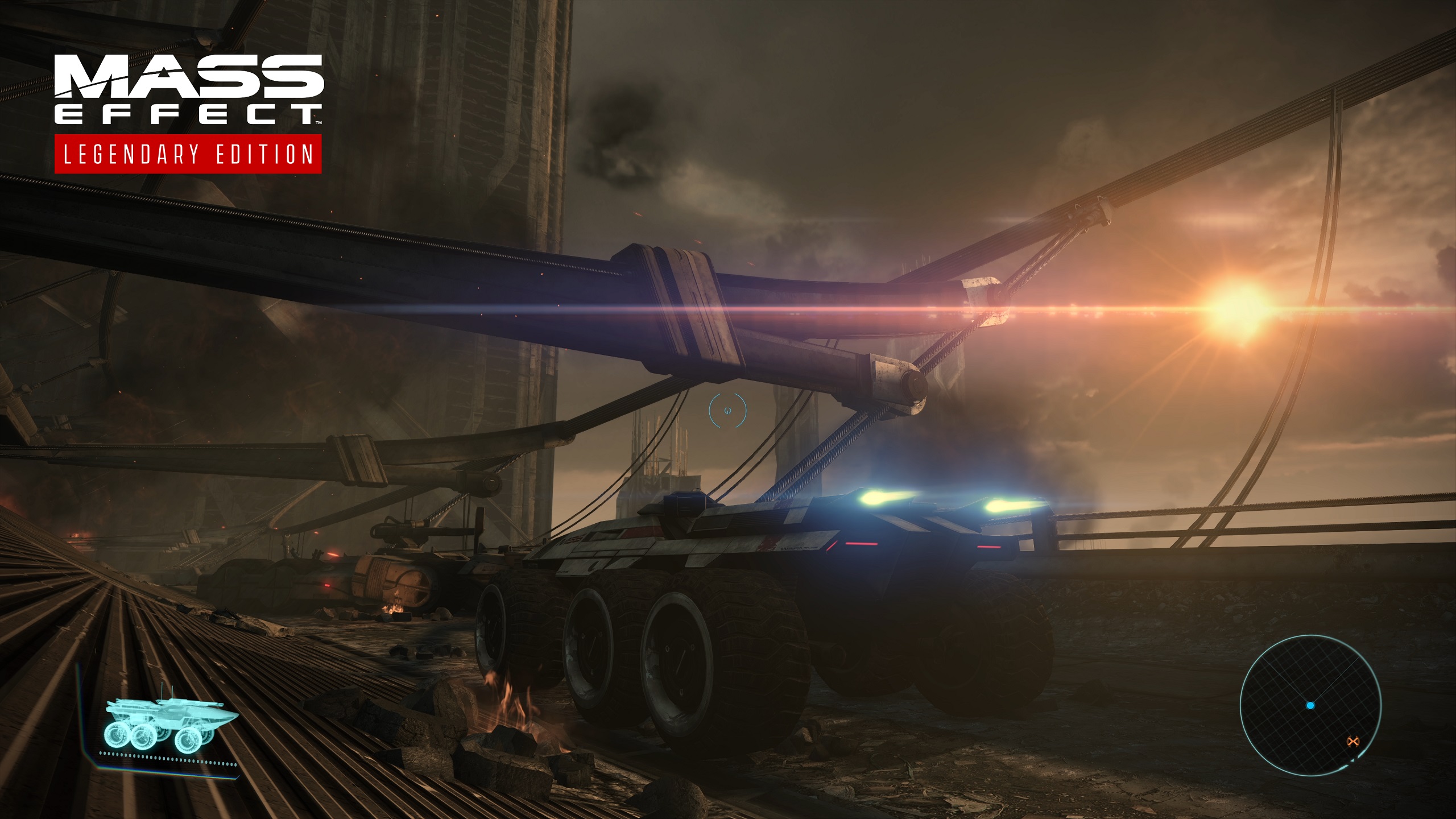
Does it feel like this whole review has only spoken to Mass Effect so far? Well, there’s a reason for that. In reality, the original game is the one that received the bulk of upgrades and changes in this package. While Mass Effect 2 and 3 now come with their DLC included in the package, as well as general visual improvements like improved textures, lighting and shadows, they’re still basically the same experience you had a decade ago. Which is to say that Mass Effect 2 still stands up as my favourite game of the 360 generation and Mass Effect 3 is a solid, yet uninspired finale to the trilogy, but neither are newly transformed experiences. There have been some balance tweaks and slight alterations to the experience, but in reality there’s nothing new to discuss here. What you will find are significantly more action-oriented experienced, as opposed to the RPG-first design of the original game, with combat and story encounters that range from masterpieces (mostly in Mass Effect 2) to frustrations (more so in Mass Effect 3).
Where absolutely nothing has changed in Mass Effect Legendary Edition is the trilogy’s story and writing. As Commander Shepard, you’ll fight against enemies and bureaucracy in an effort to save the Galaxy from an impending apocalyptic event. I won’t give any further details, otherwise I risk spoiling later revelations for newcomers to the series, but returning players already know exactly how that plays out. Where that story sets itself apart from other Sci-Fi adventures, especially in games, is through a masterclass of lore and character building. Where Mass Effect is at its strongest is when it’s layering in detail after detail, building the Galaxy into something that feels real. This is done in a bunch of different ways, from conversations complete with player choices, journal entries, overheard environmental conversations, cutscenes and more. There’s nary a moment in the entire trilogy when you’re not finding some new tidbit that builds the Galaxy that bit more. Where this really pays off is during the game’s characters and more dramatic missions. It spends so long building up these characters as people, allowing them to grow and evolve as you progress and become attached them, before using that to its advantage. There are few games that managed this as well as the trilogy did back in the day and that’s still true now.
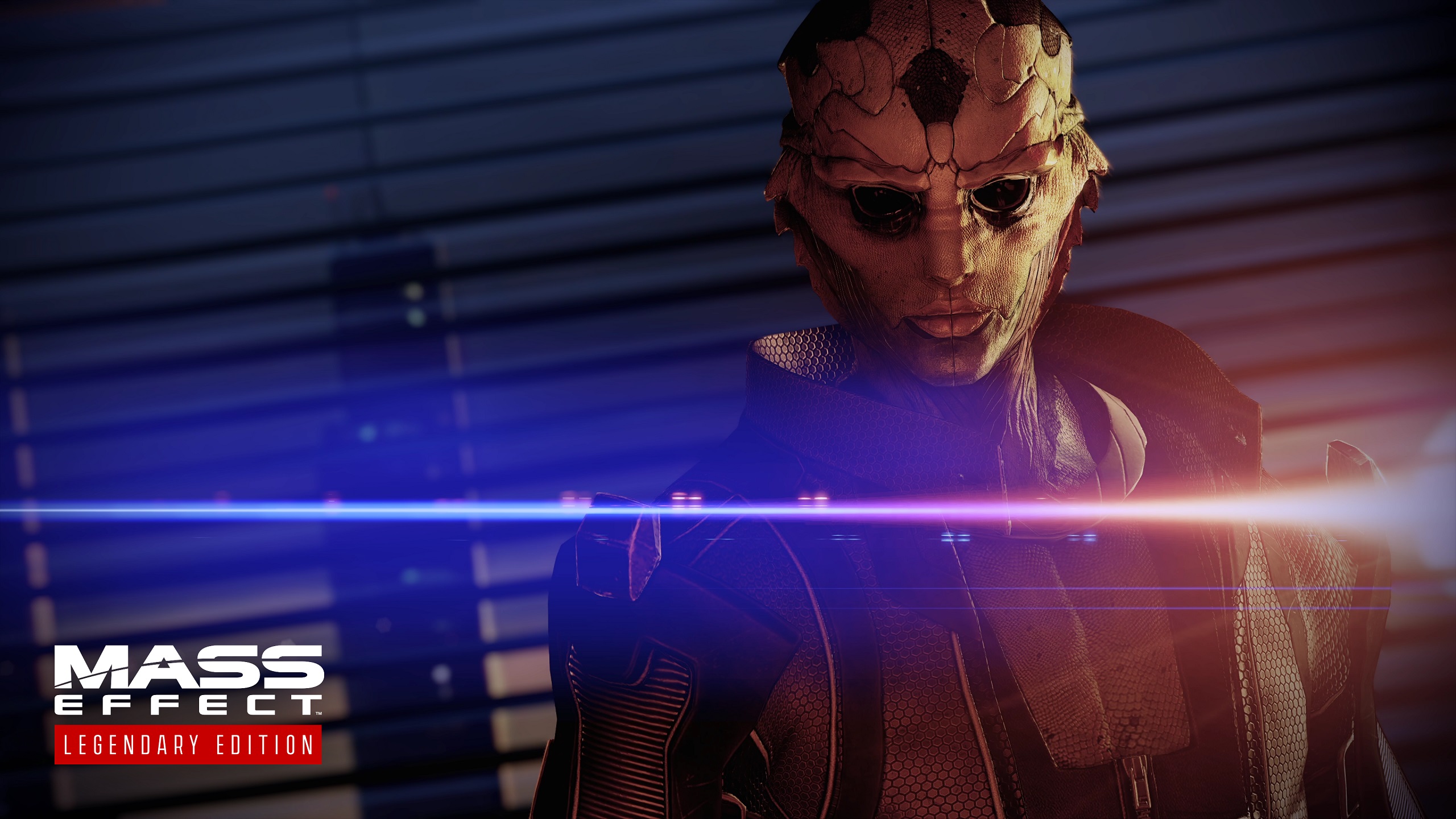
Moving away from the artistic strengths of Mass Effect Legendary Edition, the technical aspects of the game are largely solid, albeit somewhat compromised by bugs. I already wrote about the early issues I had in the original game in my review-in-progress at launch, and unfortunately I ran into a good deal more as I continued to play. I had to reload my save on double digit occasions after exiting the Mako and finding that all controller inputs other than movement and the menu became completely disabled. This occurred on more than one planet as well, so it wasn’t isolated to a single section of the game. I found myself getting stuck in doors occasionally if I got too close to them as they opened, while I also had problems with Shepard getting stuck in walls momentarily in combat. The former of those tended to right itself once the door opened, while the latter required ducking up and down to jolt myself out of the wall. None of these were world-shattering, but they were constant frustrations through my time in the game. Moving on Mass Effect 2 and 3 I basically had no issues at all, so these would seem to be issues that have arisen from the extra changes and work done to the original game. On framerate, with the game running on a Xbox Series X on visual mode, I never once had any noticeable drops or problems. It basically ran perfectly, which is exactly what I’d hope for with a last-gen remaster of a decade old trilogy running on current-gen hardware.
My main takeaway from Mass Effect Legendary Edition is this: the Mass Effect Trilogy is still one of the best experiences in gaming and this is the definitive way to experience it. While the changes to the visual style of the original can be viewed as a misstep and some annoying bugs were introduced, these are vastly outweighed by the improvements to gameplay, the inclusion of the series’ DLC and the other visual improvements it brings. Whether you’re a newcomer to the franchise taking your first steps in Shepard’s shoes or you’re coming back to browse Shepard’s favourite shops on the Citadel once again, this is a must-have experience.
Mass Effect Legendary Edition was reviewed on an Xbox Series X via backwards compatibility with a review copy provided by the publisher. The game includes a higher resolution and framerate when being used on that console. It is also available on PC and PlayStation 4. For more information, check the official website.
- Mass Effect OG feels so much better to play - The story of Shepard and the Galaxy is just as amazing as ever - Visual updates help elevate the entire package - Garrus is still the best companion
- Visual updates to ME1 cause it to lose some of its charm - Facial animations look worse than ever

